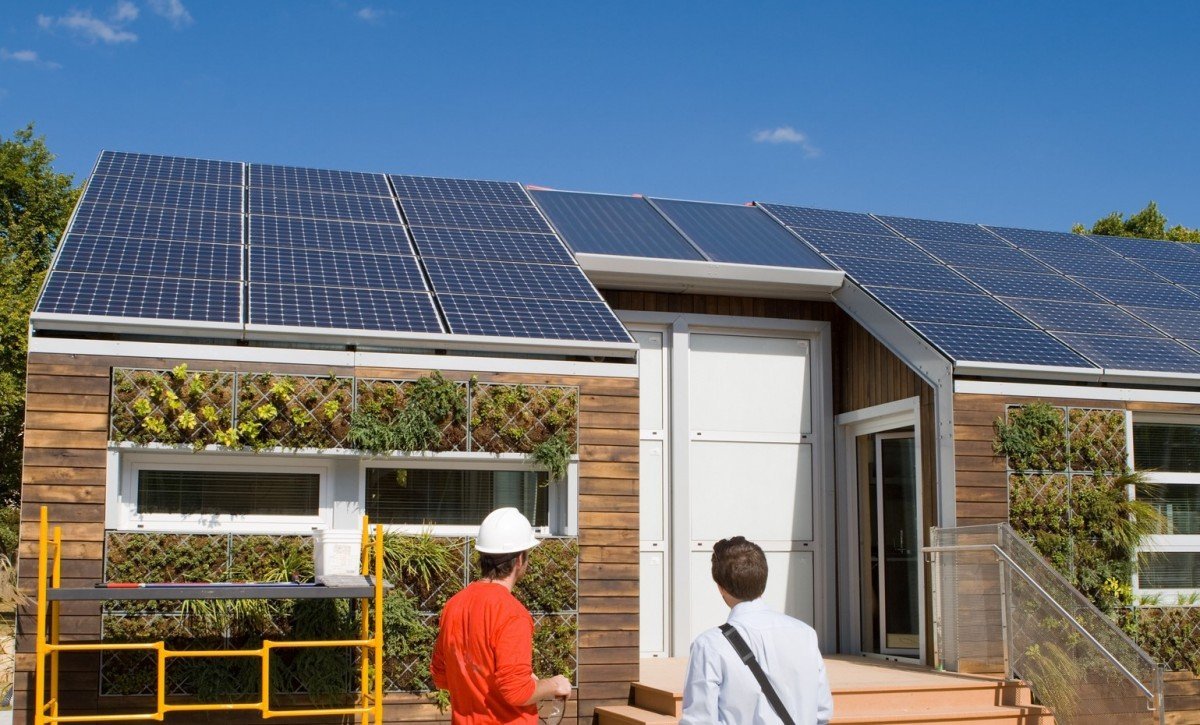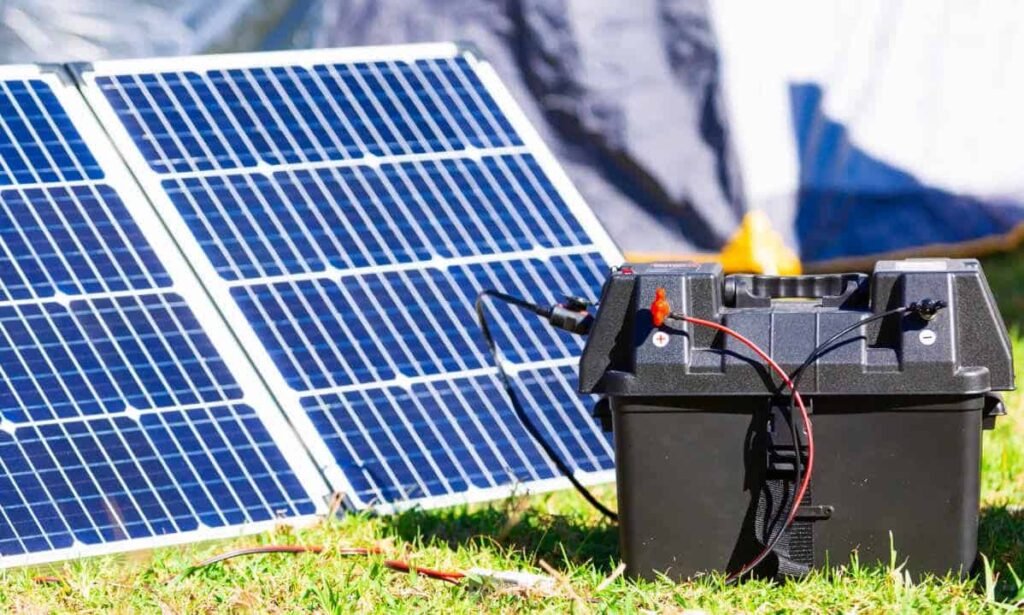
How Many Watts Does a Solar Panel Produce for Your Home?
As the world continues to shift towards renewable energy sources, more and more people are considering installing solar panels on their homes. However, one common question that arises is how much energy can you expect your solar panels to produce? In this article, we will explore the factors that determine the wattage output of solar panels and provide a rough estimate of how much energy you can expect your solar panels to produce for your home.
Factors that Affect Solar Panel Wattage Output
The amount of energy that a solar panel can produce is determined by several factors. The two primary factors that influence solar panel wattage output are the size of the panel and the efficiency of the solar cells. Generally, larger solar panels produce more wattage output, while higher efficiency solar cells can produce more energy from the same amount of sunlight.
Other factors that can affect solar panel wattage output include the angle and orientation of the panels, the temperature, and the amount of sunlight the panels receive. For instance, solar panels that face south and are tilted at the optimal angle will produce more energy than those that face east or west. Similarly, solar panels operate less efficiently at high temperatures, which can reduce their overall wattage output.
How Much Energy Can Your Solar Panels Produce?
The amount of energy your solar panels can produce depends on several factors, including the size of your solar panel system, the amount of sunlight your panels receive, and your energy usage. As a rough estimate, a typical residential solar panel system can produce anywhere from 5,000 to 10,000 kilowatt-hours (kWh) of electricity per year. However, this can vary widely based on the factors mentioned above.
To give you an idea of how much energy this is, the average household in the United States uses about 10,000 kWh of electricity per year. Therefore, a solar panel system that produces 5,000 to 10,000 kWh of electricity per year can provide anywhere from 50% to 100% of a household’s electricity needs.
Conclusion
In conclusion, solar panels can be an excellent way to reduce your carbon footprint and save money on your energy bills. The amount of energy your solar panels can produce depends on several factors, including the size of your solar panel system, the efficiency of the solar cells, the angle and orientation of the panels, the temperature, and the amount of sunlight the panels receive. As a rough estimate, a typical residential solar panel system can produce anywhere from 5,000 to 10,000 kWh of electricity per year, providing up to 100% of a household’s electricity needs.






